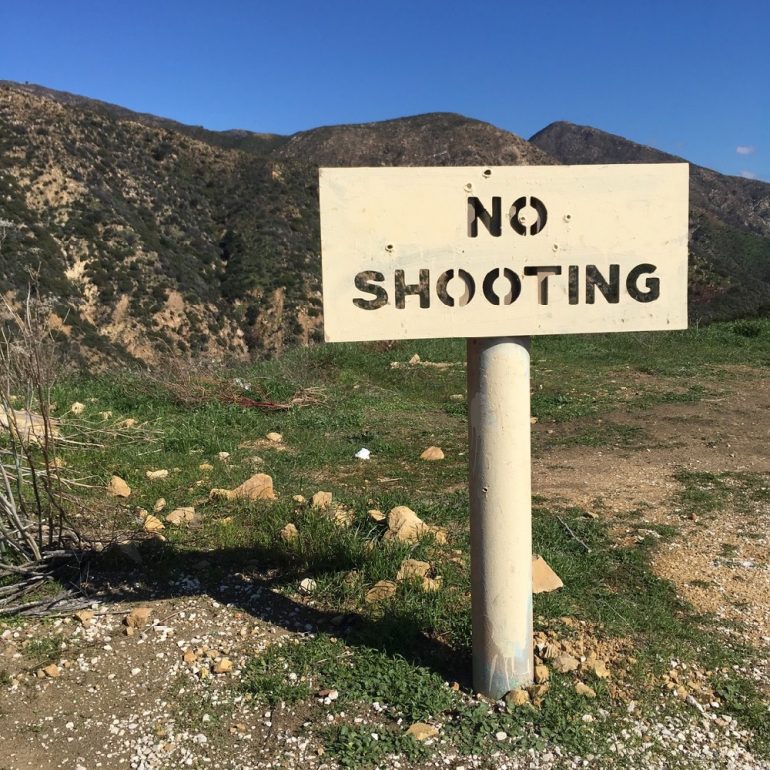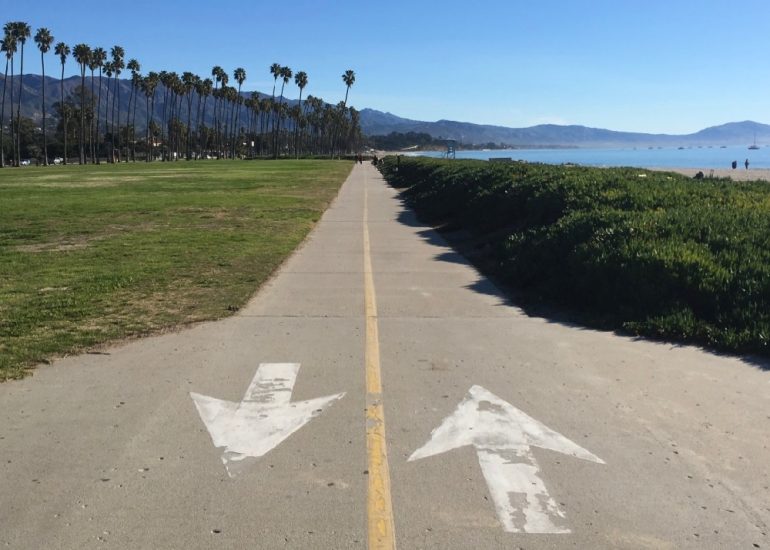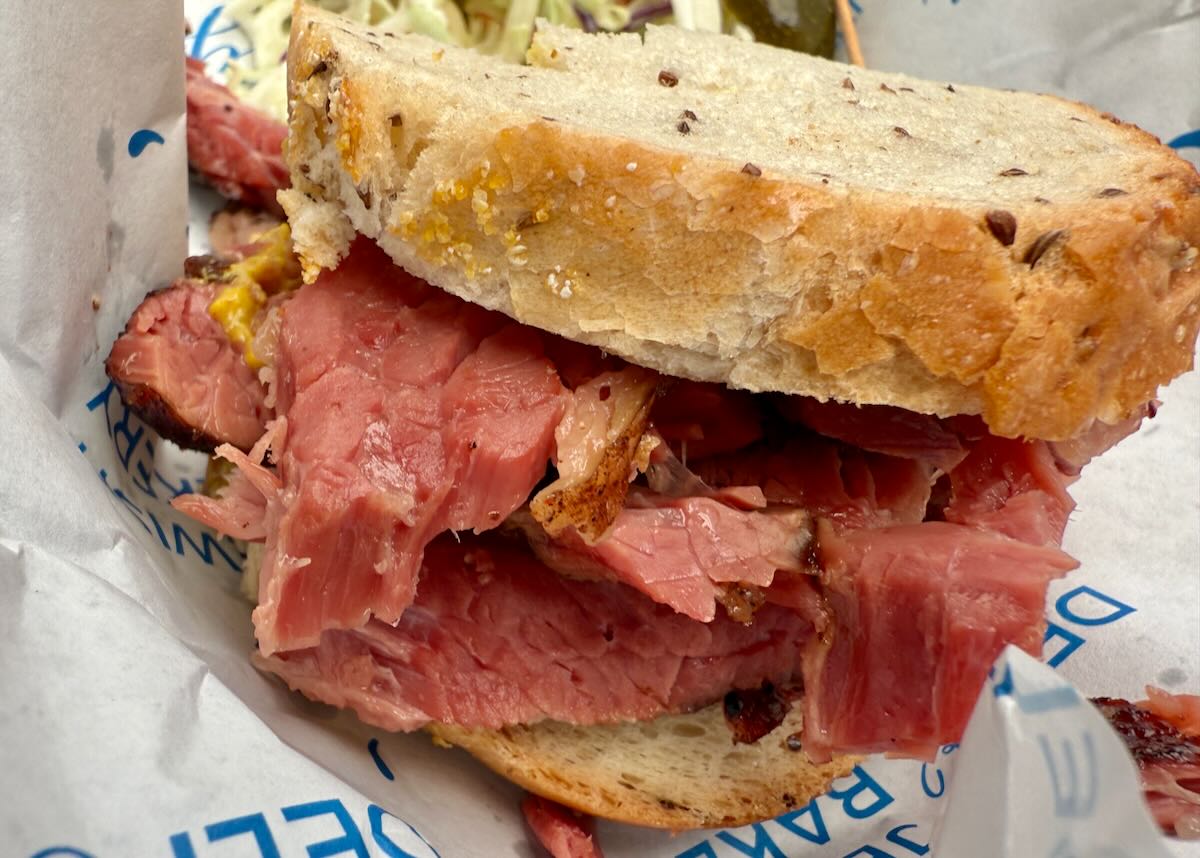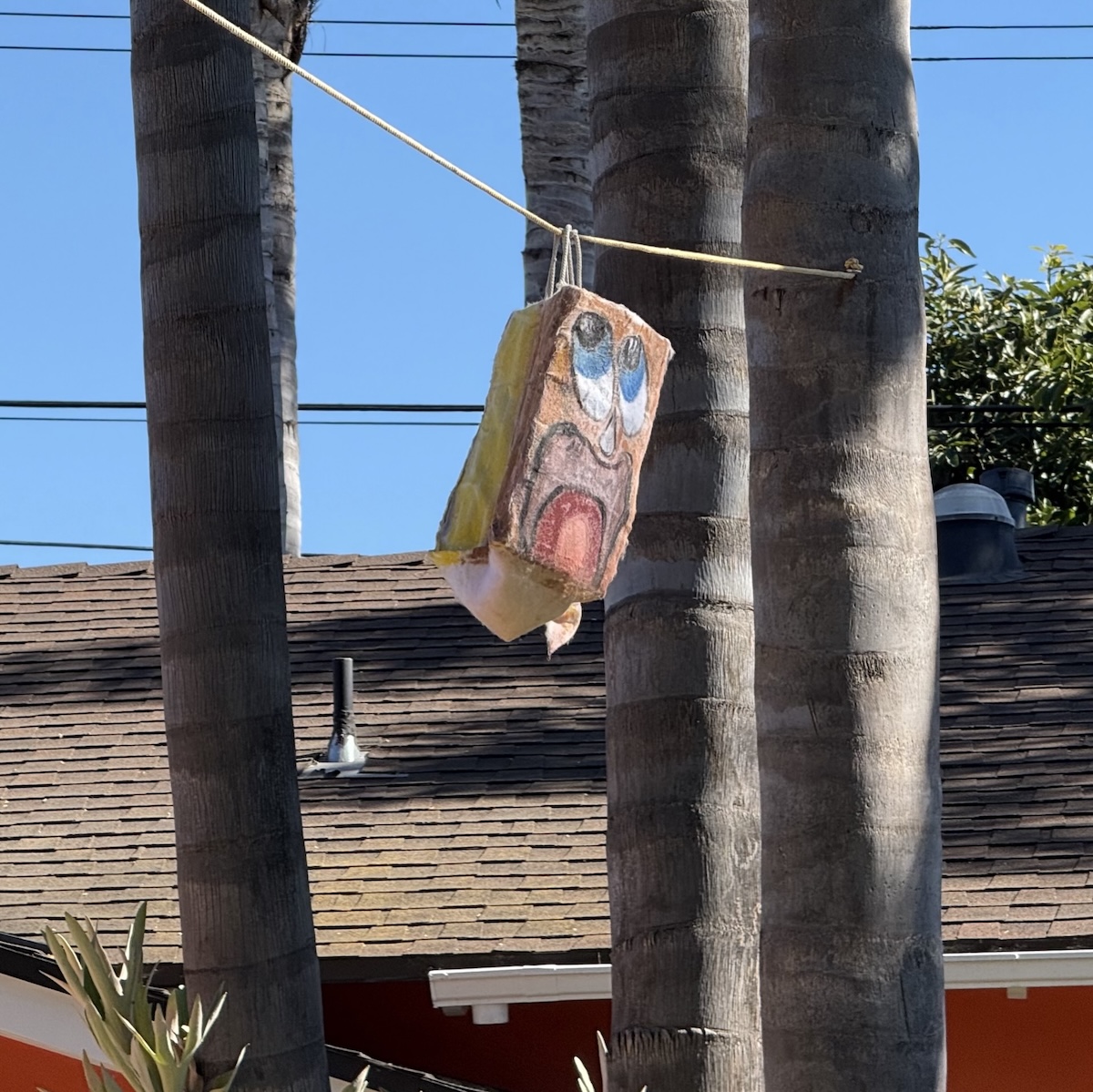••• “Draft Report Says Rising Seas Will Significantly Affect Santa Barbara Beach Areas […] Increase of as much as 6.6 feet over next 80 years will be devastating to harbor, wharf and Cabrillo Boulevard. […] Coastal bluff erosion rates could increase by 40 percent with 2.5 feet of sea-level rise; that rate would affect properties in the bluff-top residential neighborhoods, infrastructure at Shoreline Park, and portions of Shoreline Drive.” —Noozhawk
••• “Thanks to a flotilla of new state laws — including one that would allow developers to build structures up to 80 feet high —[designed] to expedite the development of new housing statewide by limiting local land-use controls […] local governments will be allowed to restrict where and how new housing is built only if the planning rules are based in objective, numerically measurable criteria.” —Independent
 ••• “Los Padres National Forest officials announced that the Forest Order prohibiting recreational shooting has been extended until June 30, 2020, to provide for public safety due to increasingly high fire danger conditions in the extended weather forecast and the potential for a wildfire sparked by shooting. Despite recent winter rainfall, live fuel moisture levels across the Forest did not significantly recover and are currently hovering just above the 60 percent critical threshold.” —a press release on Edhat
••• “Los Padres National Forest officials announced that the Forest Order prohibiting recreational shooting has been extended until June 30, 2020, to provide for public safety due to increasingly high fire danger conditions in the extended weather forecast and the potential for a wildfire sparked by shooting. Despite recent winter rainfall, live fuel moisture levels across the Forest did not significantly recover and are currently hovering just above the 60 percent critical threshold.” —a press release on Edhat
••• “Intense rain storms could cause flooding that affects neighborhoods below the Cave Fire burn area, particularly along San Antonio Creek in the North Turnpike Road area, according to the Burned Area Emergency Response Assessment from Los Padres National Forest.” —Noozhawk
••• “Santa Barbara Theaters Upgrade Services for Hearing Impaired […] Fiesta 5 and Metro 4 screens join most other entertainment venues in offering loop technology.” —Noozhawk
••• Edhat‘s tree of the month is the Indian laurel fig. “In 1957, Indian Laurel Figs were first planted as formal street trees in Santa Barbara by the City Arborist—these still stand on either side of the first block of east Carrillo Street. Between 1960 and 1962, cuttings from these initial trees were used to propagate new ones—which were planted as street trees on the 3100 to 3500 blocks of State Street, on Milpas Street, on Anapamu Street, and on Canon Perdido Street. Many mature trees can also be seen in MacKenzie Park. Before that time, it was a rather rare tree here. Perhaps the oldest one (though not the largest) in town is a single tree which stands in a home garden at the corner of Constance Avenue and Anacapa Street.”


















Comment: